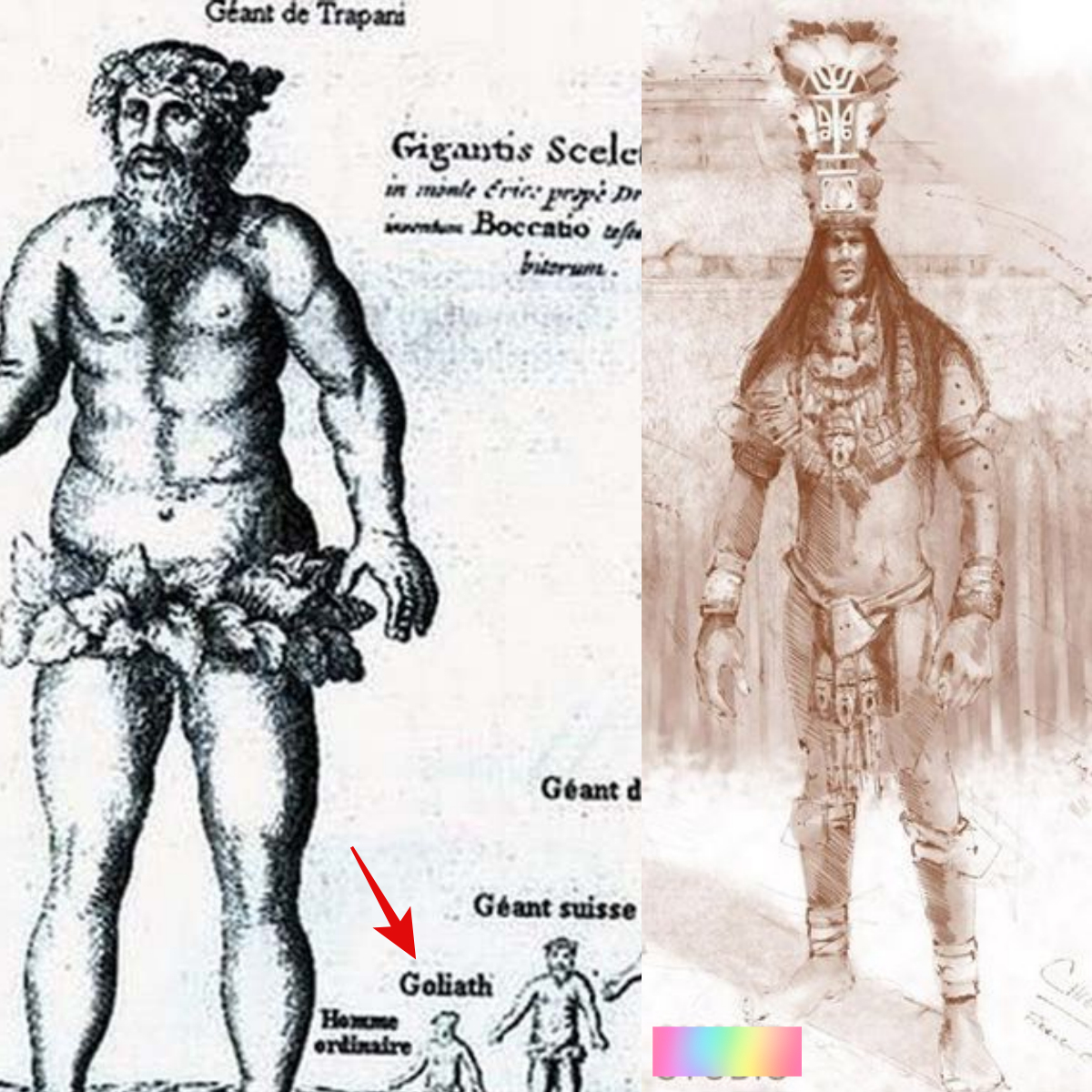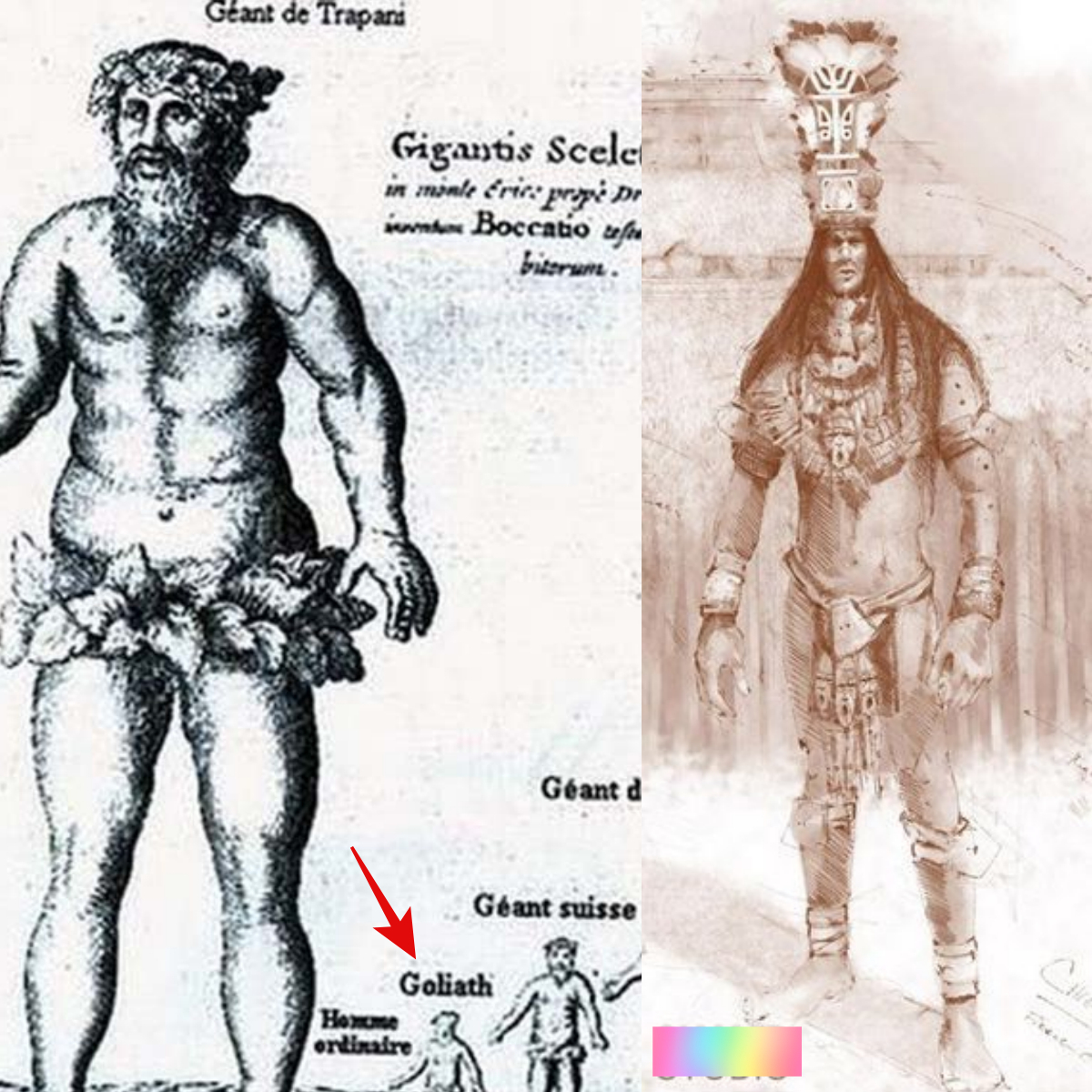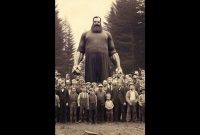Throughout history, myths and legends have captivated the human imagination, weaving tales of extraordinary beings and forgotten civilizations. Among these myths are stories of a lost race of giants, described in ancient texts and folklore from cultures around the world. These enigmatic giants, said to possess immense strength and stature, have left an indelible mark on the collective consciousness of humanity. In this article, we delve into the intriguing accounts of the lost race of giants chronicled in ancient books, exploring the origins, significance, and enduring fascination surrounding these mythical beings.

The Origins of Giant Lore: The concept of giants has existed in human culture for millennia, with references to oversized beings found in the mythology and folklore of civilizations spanning the globe. In ancient Mesopotamia, for example, the Epic of Gilgamesh recounts the exploits of Gilgamesh, a legendary hero who battles the giant Humbaba. Similarly, Norse mythology features the Jotnar, a race of giants who inhabit the realm of Jotunheim and clash with the gods of Asgard.
Descriptions in Ancient Texts: Ancient texts and scriptures from diverse cultures provide vivid descriptions of giants and their place in the mythological landscape. In the Hebrew Bible, giants known as Nephilim are mentioned in the Book of Genesis, described as the offspring of the “sons of God” and the “daughters of men.” Greek mythology likewise features giants such as the Titans, powerful beings who ruled the cosmos before the rise of the Olympian gods.
Cultural Significance: The concept of giants holds significant cultural and symbolic meaning across different societies and time periods. In some cultures, giants are portrayed as symbols of strength, resilience, and power, while in others, they represent chaos, destruction, and the primordial forces of nature. The prevalence of giant lore in ancient texts reflects humanity’s fascination with the unknown and the desire to comprehend the mysteries of the universe.
Archaeological Discoveries: While the existence of giants remains a subject of myth and legend, archaeological discoveries have occasionally fueled speculation about the possibility of their existence. In various parts of the world, oversized skeletal remains purportedly belonging to giants have been unearthed, sparking debates among scientists and historians. However, many of these claims have been debunked or attributed to natural phenomena such as gigantism or the misinterpretation of ancient burial practices.
Modern Interpretations: In modern times, the legend of the lost race of giants continues to capture the imagination of writers, artists, and filmmakers. From fantasy novels to blockbuster movies, giants feature prominently in popular culture, serving as iconic figures of strength, villainy, or wonder. Despite the lack of empirical evidence for their existence, the enduring appeal of giants as mythological beings underscores their timeless allure and enduring presence in the human psyche.
Conclusion: The tales of the lost race of giants chronicled in ancient books serve as a testament to the enduring power of myth and the human imagination. Whether viewed as legendary heroes, fearsome adversaries, or enigmatic beings of mystery, giants hold a special place in the pantheon of mythological creatures. As we continue to explore the rich tapestry of human culture and history, the stories of giants remind us of the boundless creativity and wonder that define the human experience.




